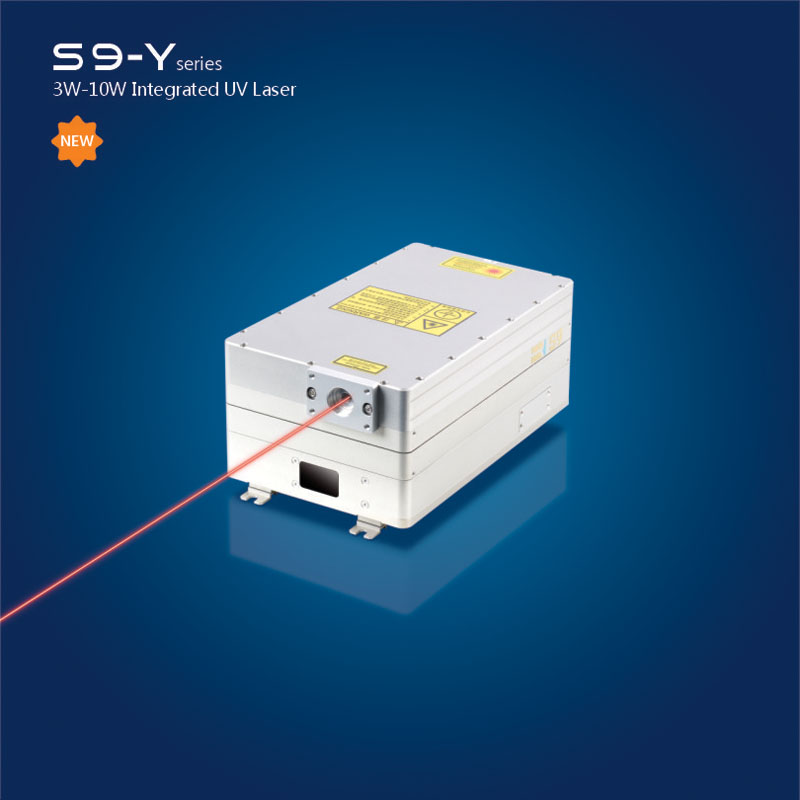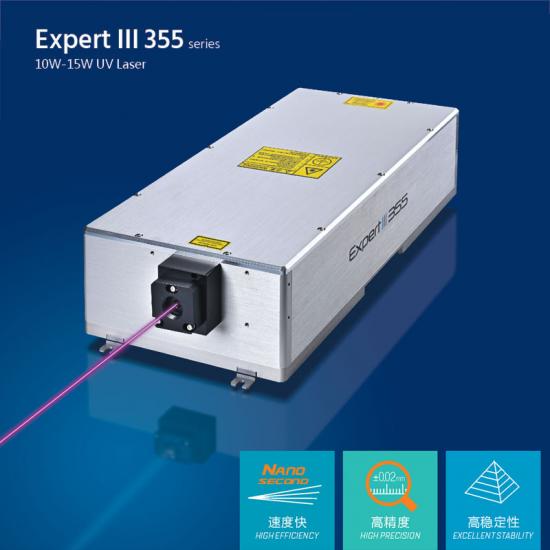
Jordan customer buy high energy high power 355 uv laser marking plastic medical device manufacturing
Dec 07 , 2022Jordan customer buy high energy high power 355 uv laser marking plastic medical device manufacturing
Laser marking of plastics has become commonplace in industrial equipment, medical devices, aerospace components, automotive parts and common household appliances. However, medical device manufacturing suppliers are required to track their products using unique device identification numbers, data matrices, and other tracking information. They must also meet strict Food and Drug Administration guidelines. In the event of a rare failure or other adverse event, tracking where and when a product was manufactured can go a long way in identifying what went wrong and taking steps to prevent it from happening again.
"Cold marking" using a UV laser provides a smooth mark within the surface

When marking plastics, the first consideration is the type of marking required. Methods range from melting or foaming surfaces, to photochemically altering materials using ultraviolet and green lasers. For medical-grade plastics, UDI markings must feel smooth to the touch, eliminating areas where bacteria can grow. This is where "cold marking" in UV wavelengths comes into play. Using a UV laser during cold laser marking changes the molecular structure of the material, which is ideal for applications that are sensitive to thermal damage. This heat damage outside the marked area is called the heat-affected zone. Additives in white plastics, such as TiO2, strongly absorb UV light and undergo chemical changes in the plastic, darkening it. This process produces smooth, highly legible markings inside the plastic, not just on the surface.
We have extensive experience in the medical device industry and have developed advanced solutions for laser marking, cutting and drilling applications.
Costly manufacturing errors are reduced through laser automation, and combining vision and automation systems can reduce manufacturing errors and significantly facilitate comprehensive quality assurance. We've built a reputation for using machine vision to reduce costly manufacturing errors by verifying parts, tweaking applications, and post-validating processes and data. Full automation of robots and conveyors also eliminates human error and improves overall production.